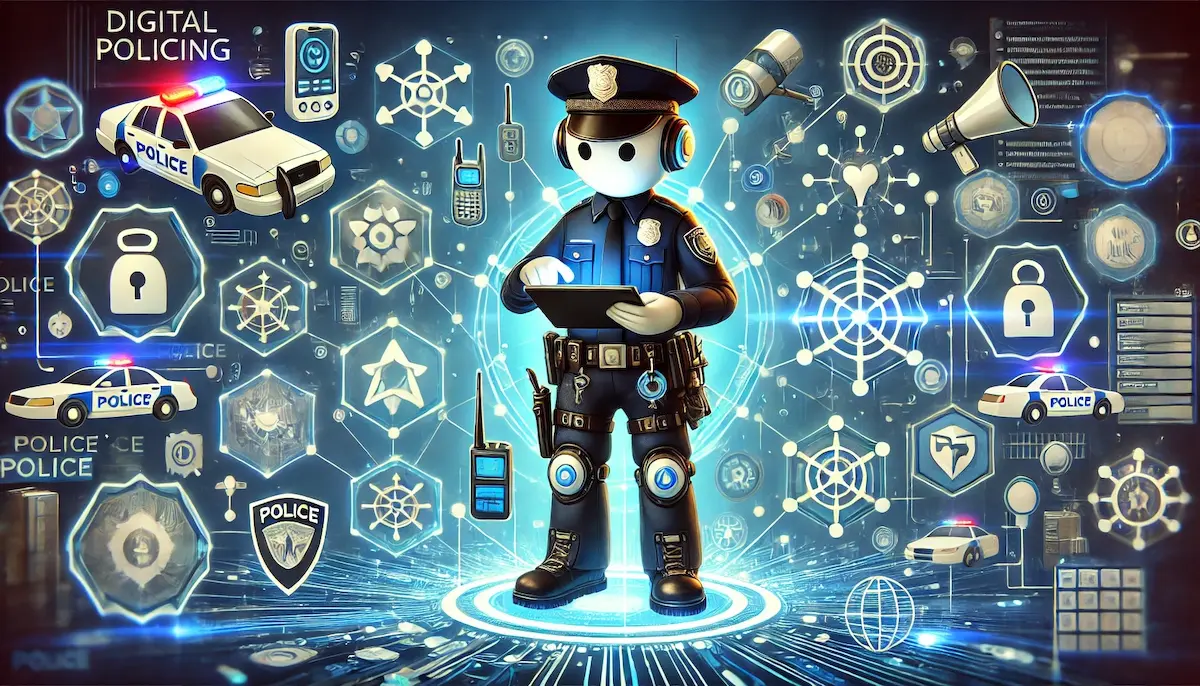In the 21st century, policing has evolved far beyond traditional methods. Enter “digital policing,” a modern approach that leverages technology to enhance law enforcement’s ability to prevent, investigate, and respond to crime. As the digital landscape grows, so too does the need for police forces to adapt, incorporating advanced tools and strategies to tackle crime in an increasingly online world.
What is Digital Policing?
Digital policing refers to the integration of digital technologies and data-driven approaches into law enforcement activities. It encompasses a wide range of tools and techniques, from the use of body cameras and drones to predictive analytics, cybersecurity measures, and social media monitoring. The goal of digital policing is to improve efficiency, enhance public safety, and ensure that police forces can respond effectively to both physical and digital crimes.
Key Components of Digital Policing
1. Data-Driven Decision Making
Data is at the heart of digital policing. Police departments collect and analyze vast amounts of information, from crime statistics to social media posts, to identify trends, predict criminal activity, and allocate resources more effectively. By using algorithms and AI, law enforcement agencies can anticipate potential hotspots for crime and deploy officers accordingly.
2. Cybersecurity and Cybercrime
With the rise of the internet, cybercrime has become a significant concern for law enforcement. Digital policing involves not only protecting the public from online threats like hacking, fraud, and identity theft but also safeguarding police networks and sensitive data from cyber-attacks. Specialized units within police departments focus on investigating digital crimes, often collaborating with international agencies to combat global cyber threats.
3. Surveillance and Monitoring
Digital surveillance tools, such as CCTV cameras, drones, and social media monitoring software, play a crucial role in modern policing. These technologies help police monitor public spaces, track suspects, and gather evidence more efficiently. However, the use of surveillance raises important questions about privacy and civil liberties, which law enforcement agencies must carefully navigate.
4. Body-Worn Cameras
Body-worn cameras have become increasingly common in police forces around the world. These devices record interactions between officers and the public, providing valuable evidence in investigations and promoting transparency. The footage can be used in court, help resolve disputes, and ensure accountability within the police force.
5. Predictive Policing
Predictive policing uses algorithms to analyze data and forecast where crimes are likely to occur. By identifying patterns and trends, police can proactively deploy resources to prevent crimes before they happen. While predictive policing can enhance efficiency, it also faces criticism for potential biases and the risk of disproportionately targeting certain communities.
The Future of Digital Policing
As technology continues to evolve, so will digital policing. Artificial intelligence, machine learning, and even more sophisticated data analytics are expected to play an increasingly prominent role in law enforcement. However, this technological advancement must be balanced with ethical considerations, ensuring that the use of digital tools respects privacy rights and promotes justice.
In conclusion, digital policing represents the future of law enforcement, where technology and data are key to maintaining public safety. As police forces adapt to the digital age, they must also address the challenges that come with it, such as ensuring transparency and protecting civil liberties.
Blockfine thanks you for reading and hopes you found this article helpful.
